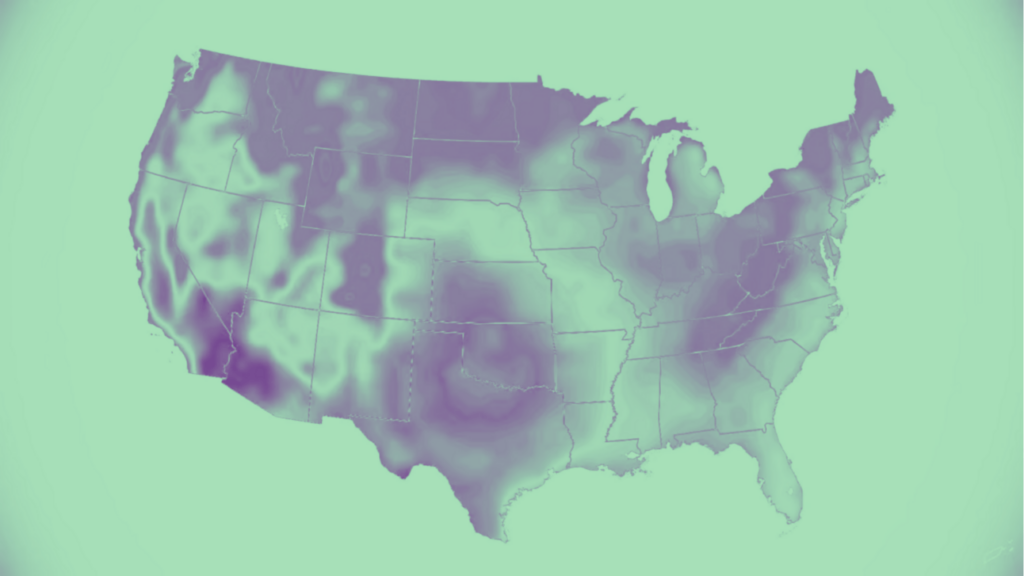Mixed signals: The HVAC consumer in 2025
A look at seven indicators, tracked from December 2019 to December 2024, painting an up-to-date picture of U.S. consumers' financial health

Image: KCM
Over the past five years, the U.S. economy has weathered storms — Covid, inflation, interest rate hikes — leaving mixed signals about the true state of consumers’ financial health.
To understand how Americans are actually doing, economically, here are seven indicators tracked from December 2019 to December 2024 (the latest available data), painting a picture of consumers’ ability to afford repairs and replacements.
Consumer Spending
Total consumer spending, in billions

Americans continue to spend on goods and services, with total consumer spending up 38 percent over the five-year period. ‘Housing and utilities’ claimed the largest share of spending growth in December 2024, according to the Bureau of Economic Analysis.
Disposable Income
Personal incomes less taxes and inflation, in billions

After accounting for taxes and inflation, Americans’ real disposable income has grown 13 percent since December 2019. However, the gain comes against sharp increases in basic living costs, with food prices in U.S. cities up 28 percent and average rents climbing 27 percent during the same period.
Consumer Sentiment
A measure of consumer confidence

Despite continued spending, Americans feel less confident about their financial outlook and the economy. Consumer sentiment has dropped 25 percent from its December 2019 level, according to the University of Michigan’s Consumer Sentiment Index. However, confidence remains nearly 50 percent above its June 2022 low.
Personal Savings Rate
Personal savings as a percentage of disposable income

Consumers are saving less of their income than before the pandemic. The personal savings rate fell from 6.2 percent in late 2019 to 3.8 percent in December 2024 — a sharp drop from April 2020’s peak of 32 percent, when stimulus payments boosted savings.
Debt to Income
Total household debt payments as a percentage of disposable income

Household debt payments now consume a smaller portion of Americans’ disposable income than five years ago. Total debt payments, including mortgages and other loans, dropped to 11.3 percent of disposable income — down three percent from December 2019.
Credit Card Delinquencies
The percentage of credit card accounts at least 30 days past due

More Americans are falling behind on credit card payments. The share of accounts at least 30 days past due reached 3.2 percent in December 2024 — up 24 percent from five years ago and more than double the post-pandemic low of 1.5 percent in July 2021.
Home Prices
The average price of existing single-family homes

U.S. home prices have surged since 2019, with the average price of existing single-family homes jumping 53 percent. The median sales price hit $427,000 in December 2024, according to the Census Bureau.
Editor’s note: All data was sourced from the Federal Reserve’s online economic database.
📬 Get our stories in your inbox
Keep reading
What Amazon Can Teach HVAC Contractors About Company Culture
Some of the highest-performing companies in the world have weird cultures
Our most-read stories of December
M&A, international expansion, and what’s next for the HFC phasedown
U.S. cooling demand holds steady in August
The U.S. notched 314 CDDs in August, down 0.6% from August 2023


